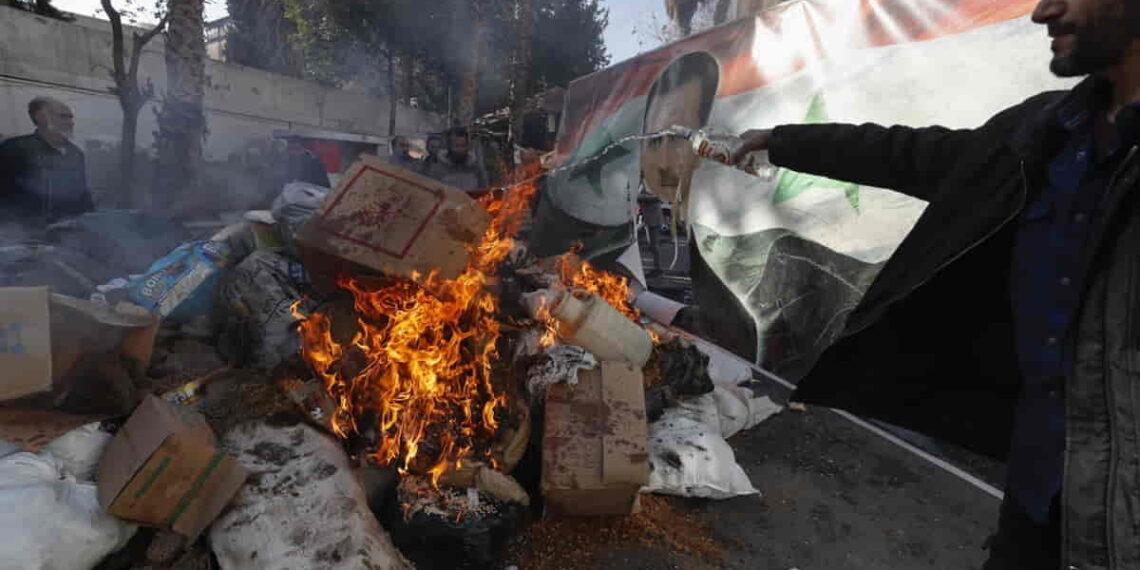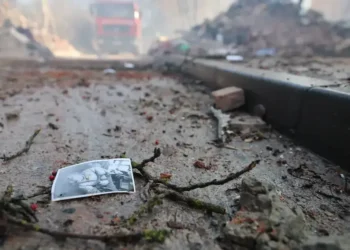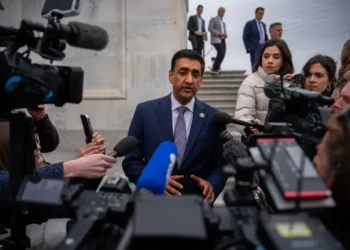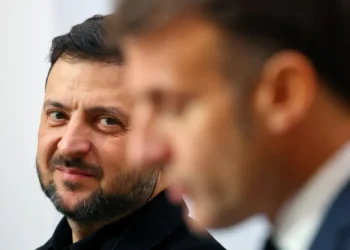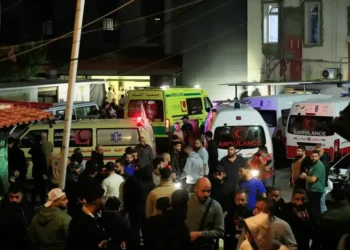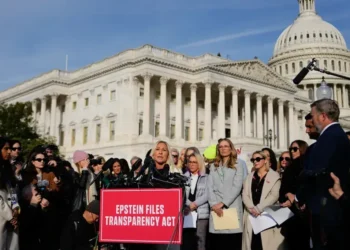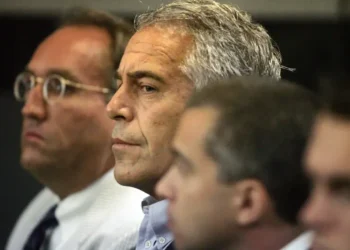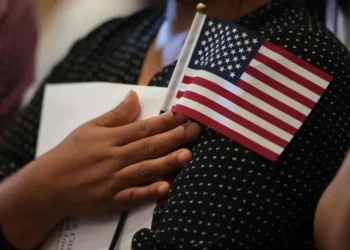Clashes between Islamists and Assad’s Supporters Kill Six Fighters in Syria
Clashes between Islamists now in power in Syria and loyalists of ousted President Bashar Assad’s government left six Islamic fighters dead and others wounded on Wednesday, according to a British-based war monitor. The Syrian Observatory for Human Rights reported that the fatalities occurred while the fighters attempted to arrest a former Assad government official, accused of issuing execution orders and arbitrary rulings against thousands of prisoners. The fighters were from Hayat Tahrir al-Sham (HTS), the Islamist group that led the successful offensive that toppled Assad earlier this month.
Tensions Rise After Assad’s Ouster
Since Assad’s departure from Syria, the country has experienced a surprising level of transition. However, it’s only been a few weeks since the collapse of his regime, and much remains uncertain about the future. HTS, rooted in fundamentalist Islamist ideology, has vowed to establish a pluralistic system, though the details of how power will be shared remain unclear.
While the transition has been relatively smooth, it has also been marked by increasing violence. Dozens of Syrians have been killed in acts of revenge, primarily from the Alawite minority community, which Assad belonged to. These killings have fueled sectarian tensions, particularly between Alawites and Sunnis.
Protests and Escalating Sectarian Violence
In Damascus, Alawite protesters clashed with Sunni counter-protesters, and gunfire was heard in the streets. While the details of the incident remain unconfirmed, it adds to the mounting sectarian unrest. Alawite protests also took place in other parts of Syria, including the coastal region, Homs, and the Hama countryside. Protesters called for the release of former Syrian soldiers now imprisoned by HTS forces. The situation in Homs turned deadly when HTS forces opened fire on demonstrators, killing at least one protester and injuring five others, according to the Syrian Observatory.
In response to the unrest, HTS imposed a curfew from 6 pm to 8 am in affected areas.
The Spark for Violence
The protests were reportedly triggered by an online video showing the burning of an Alawite shrine. However, interim authorities insisted the video was old and not related to recent events. Despite this, the violence underscores the deep-rooted sectarian divisions in post-Assad Syria, which have flared since his fall but have not reached the feared levels of bloodshed seen during the 14-year civil war.
Rebuilding Amid Destruction
As the dust settles from the ongoing conflict, some displaced Syrians have begun returning to their homes, only to find that much of their property has been destroyed. In the northwest Idlib region, residents began repairing their homes and businesses, trying to restore a sense of normalcy. Many were returning to properties they had been forced to abandon during the war, only to find them in ruins.
Hajjah Zakia Daemessaid, a 62-year-old woman displaced during the conflict, expressed the bitterness of her return. “My husband and I spent 43 years of hard work saving money to build our home, only to find that all of it has gone to waste,” she said.
Despite the devastation, residents are slowly attempting to rebuild their lives, although the streets remain empty, and businesses are struggling to reopen.
Efforts to Combat the Drug Trade
In Damascus, Syria’s new authorities raided warehouses and seized large quantities of illicit drugs, including the banned stimulant Captagon and cannabis, which were widely used by Assad’s forces. In a statement, interim authorities said they confiscated over a million Captagon pills and hundreds of kilograms of cannabis. These drugs were reportedly burned in an effort to combat the ongoing drug trade that flourished under the former regime.
Conclusion
As Syria enters a new phase following Assad’s departure, the country faces significant challenges. Sectarian violence, uncertainty about governance, and the struggle to rebuild from years of war continue to define the country’s trajectory. The clashes between Islamist forces and Assad’s supporters highlight the fragile peace that has yet to take hold, leaving many Syrians uncertain about their future.
This article was rewritten by JournosNews.com based on verified reporting from trusted sources. The content has been independently reviewed, fact-checked, and edited for accuracy, neutrality, tone, and global readability in accordance with Google News and AdSense standards.
All opinions, quotes, or statements from contributors, experts, or sourced organizations do not necessarily reflect the views of JournosNews.com. JournosNews.com maintains full editorial independence from any external funders, sponsors, or organizations.
Stay informed with JournosNews.com — your trusted source for verified global reporting and in-depth analysis. Follow us on Google News, BlueSky, and X for real-time updates.
